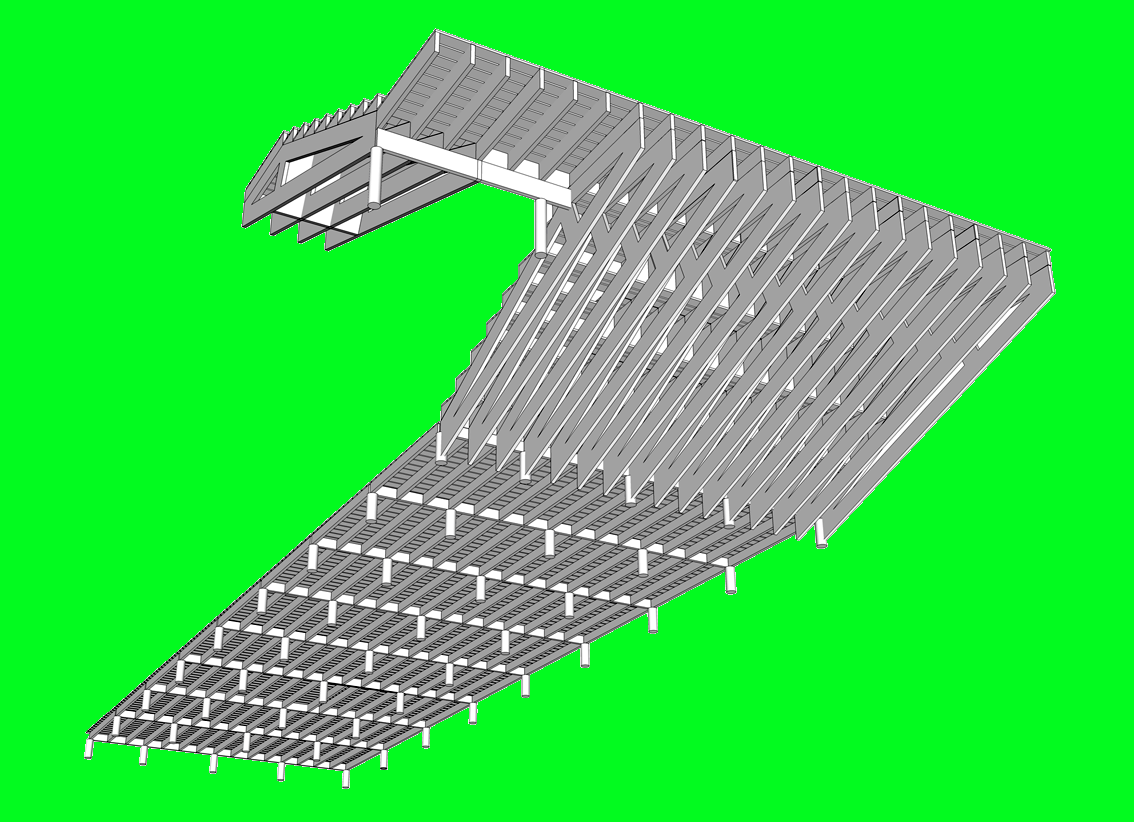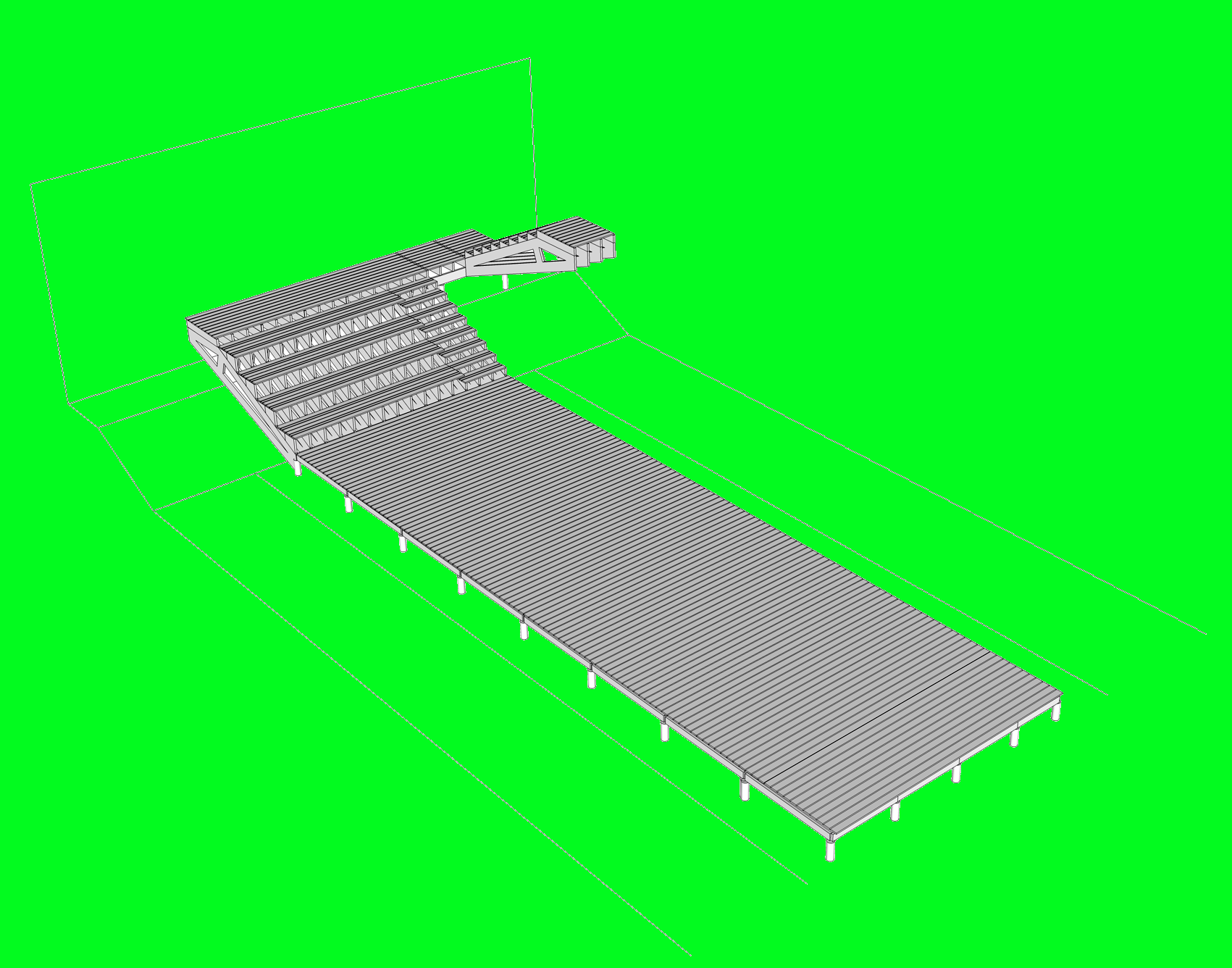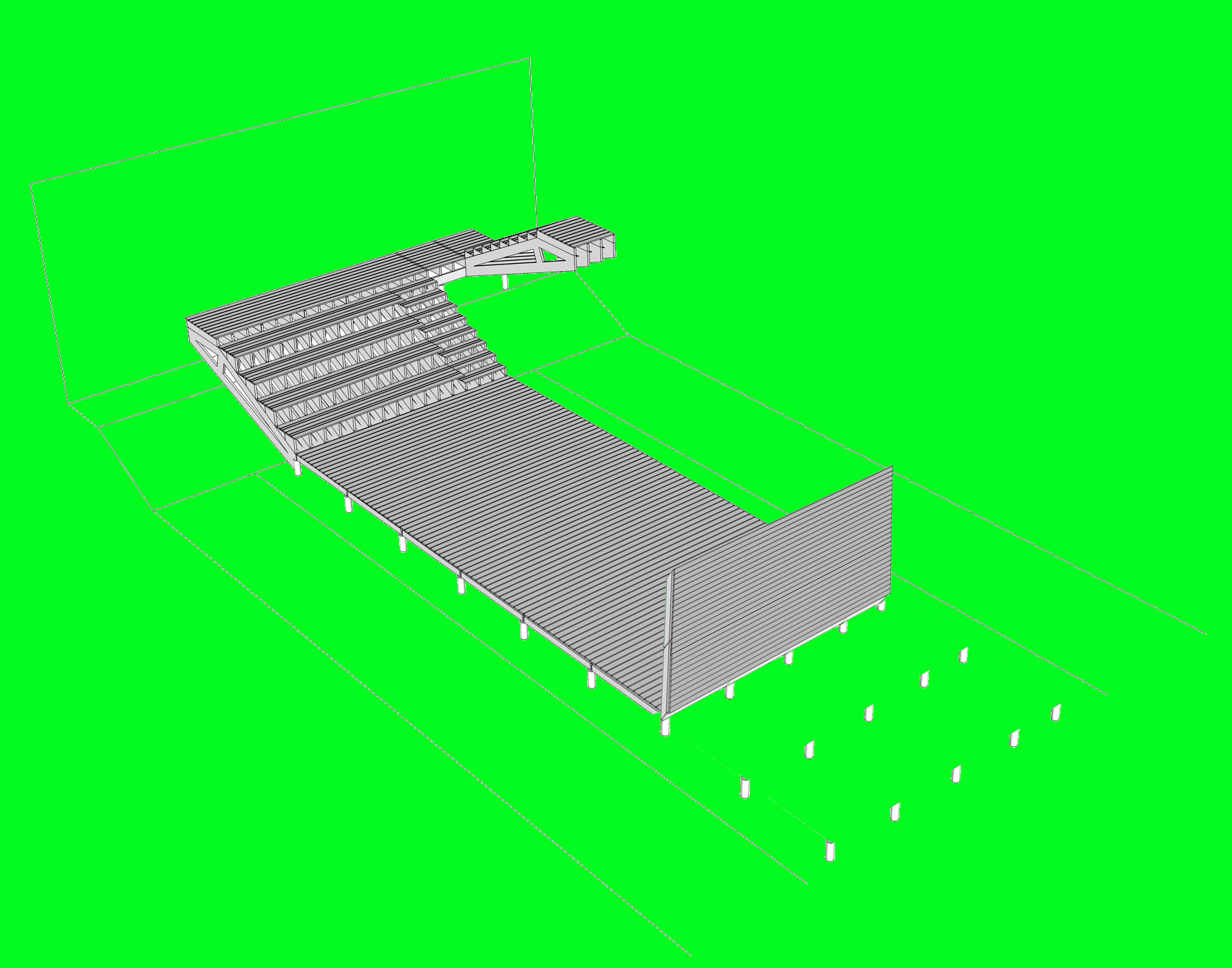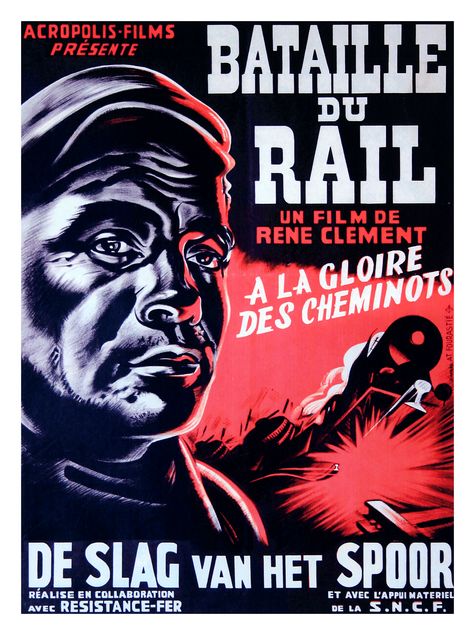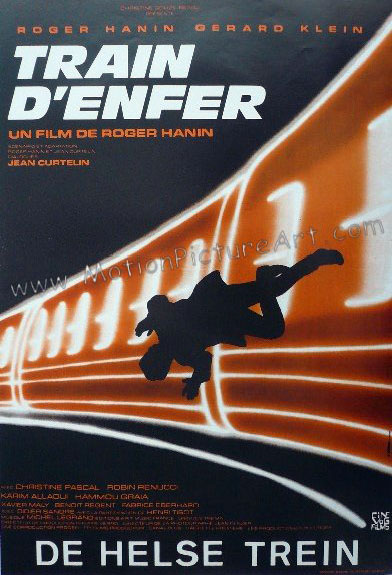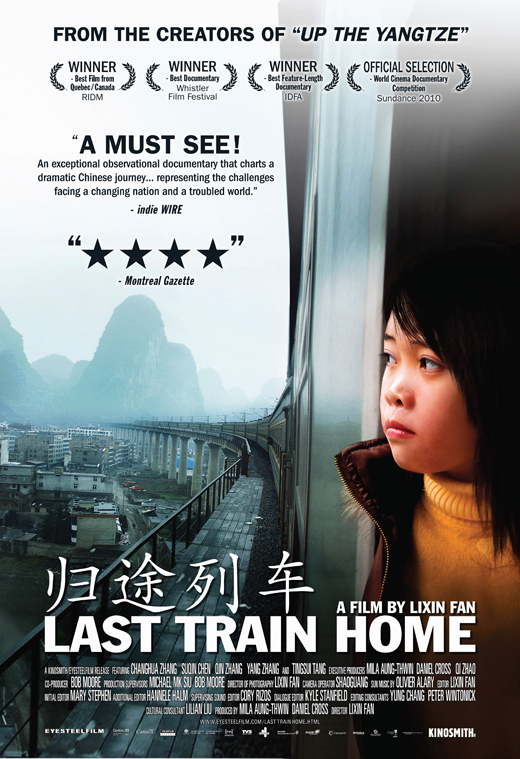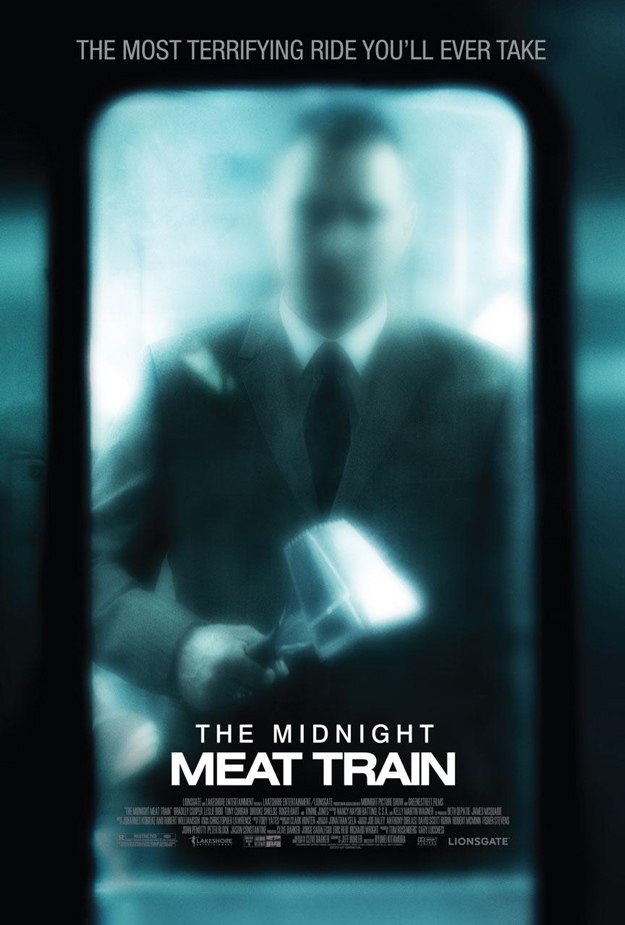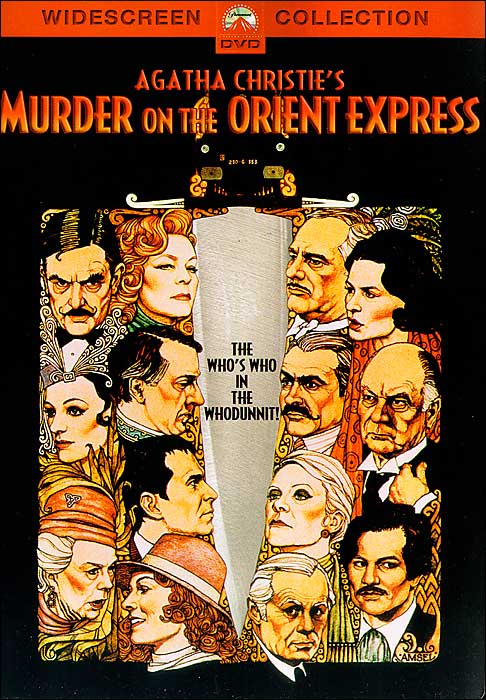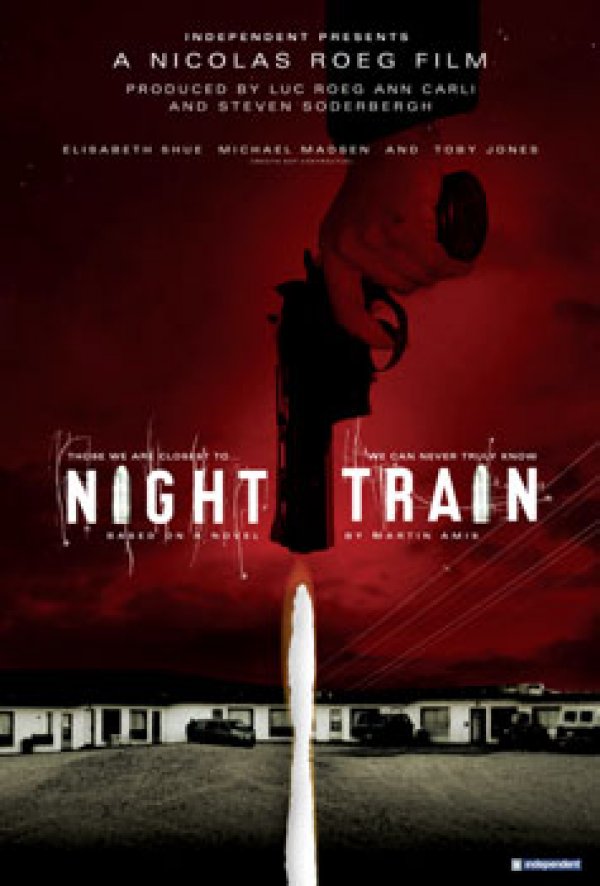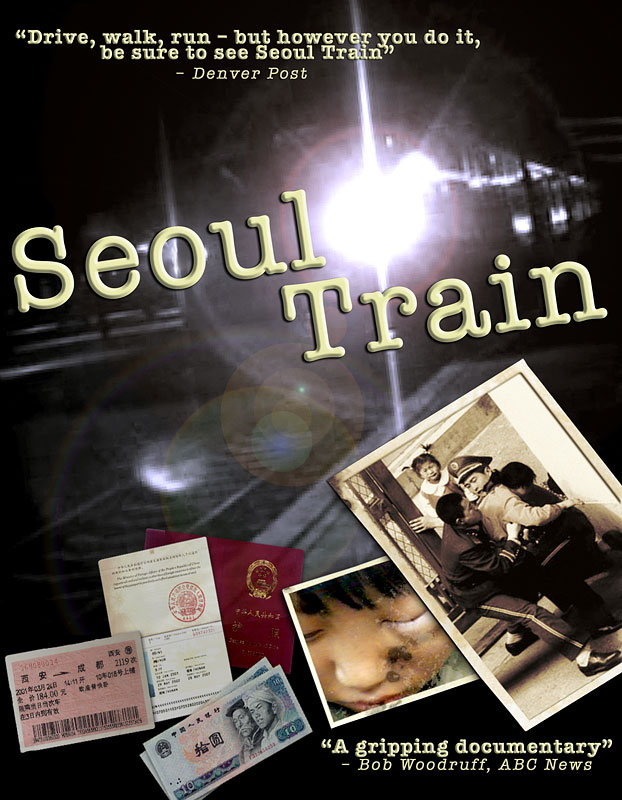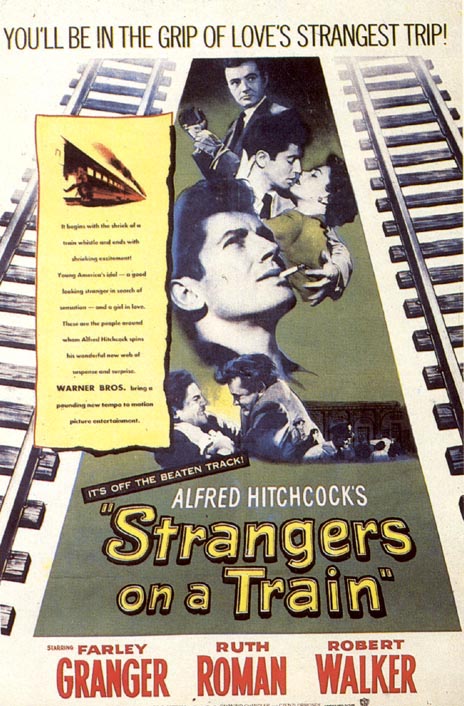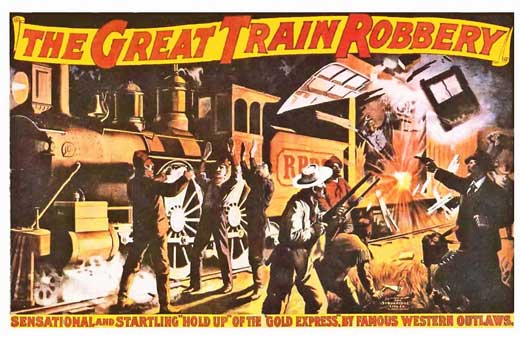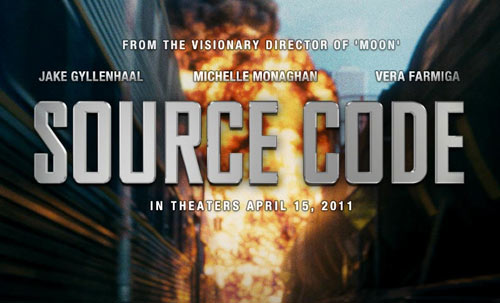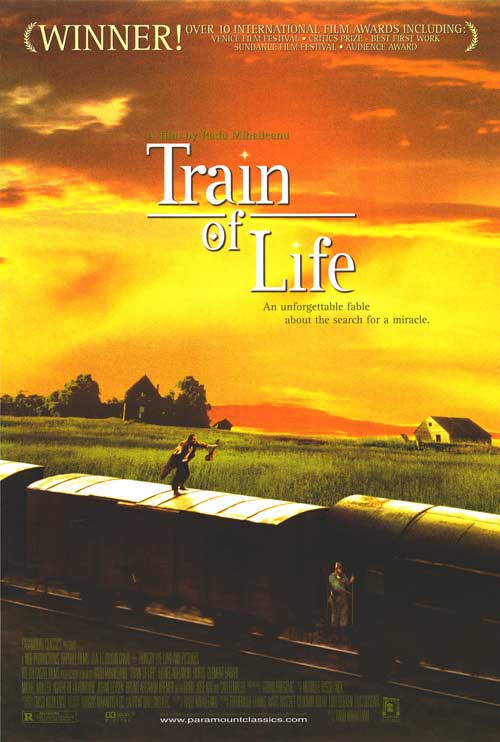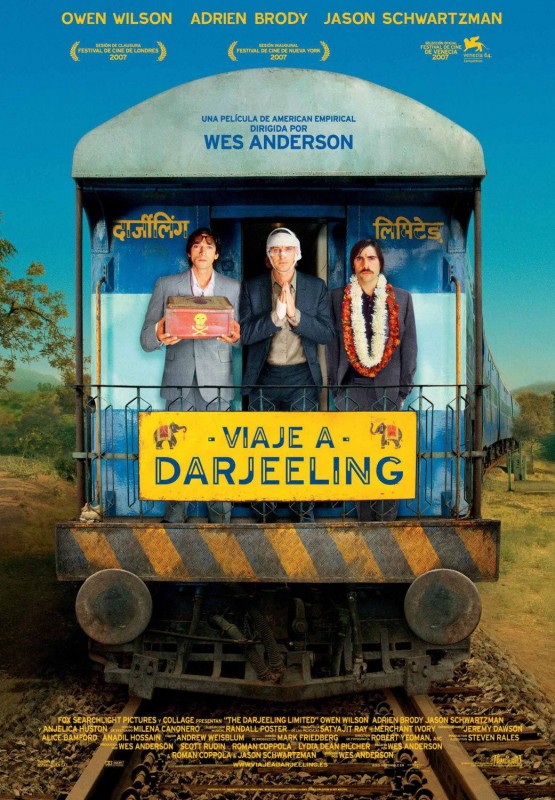128art_The Railway Cinema
The outdoor cinema is being installed beneath the old railway station where the East London line trains used to depart from. What potential does the relation between film and the railways hold for this project? For starters, the use of trains or tracks, subways or stations, railway structures or railway employees in feature films is comprehensive: The List of Railway Movies compiled by Mike Trout & Mark Brader lists over 225 examples up to 1997… in association with www.nowtspecial.co.uk/
In the days before iPods, texting, Kindles and Nooks, people actually talked to each other on public transportation. The loss of this innocent small talk is generally looked at as a bad thing, but there’s at least one plus to our modern way of doing things: the risk of accidentally implying to your neighbor that you will kill his father if he murders your wife is much smaller now. That’s the setup for 1951 film Strangers on a Train, one of Alfred Hitchcock’s most devilish thrillers. After this opening sequence, the film is distressingly train-free, but Hitch makes up for it by doubling up on the transportation thrills, staging the film’s climactic confrontation on a runaway carousel.
Finally, this leads to the possibility of the cinema as a projective art space: where the audience make their own railway film: rolling!
First stop: London Underground.
Second stop: Cottbus, Germany.
Third stop: Pleasure Beach, Blackpool.
SAY WHAT_!?

